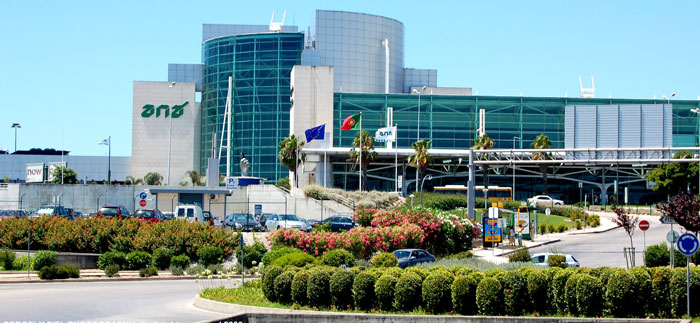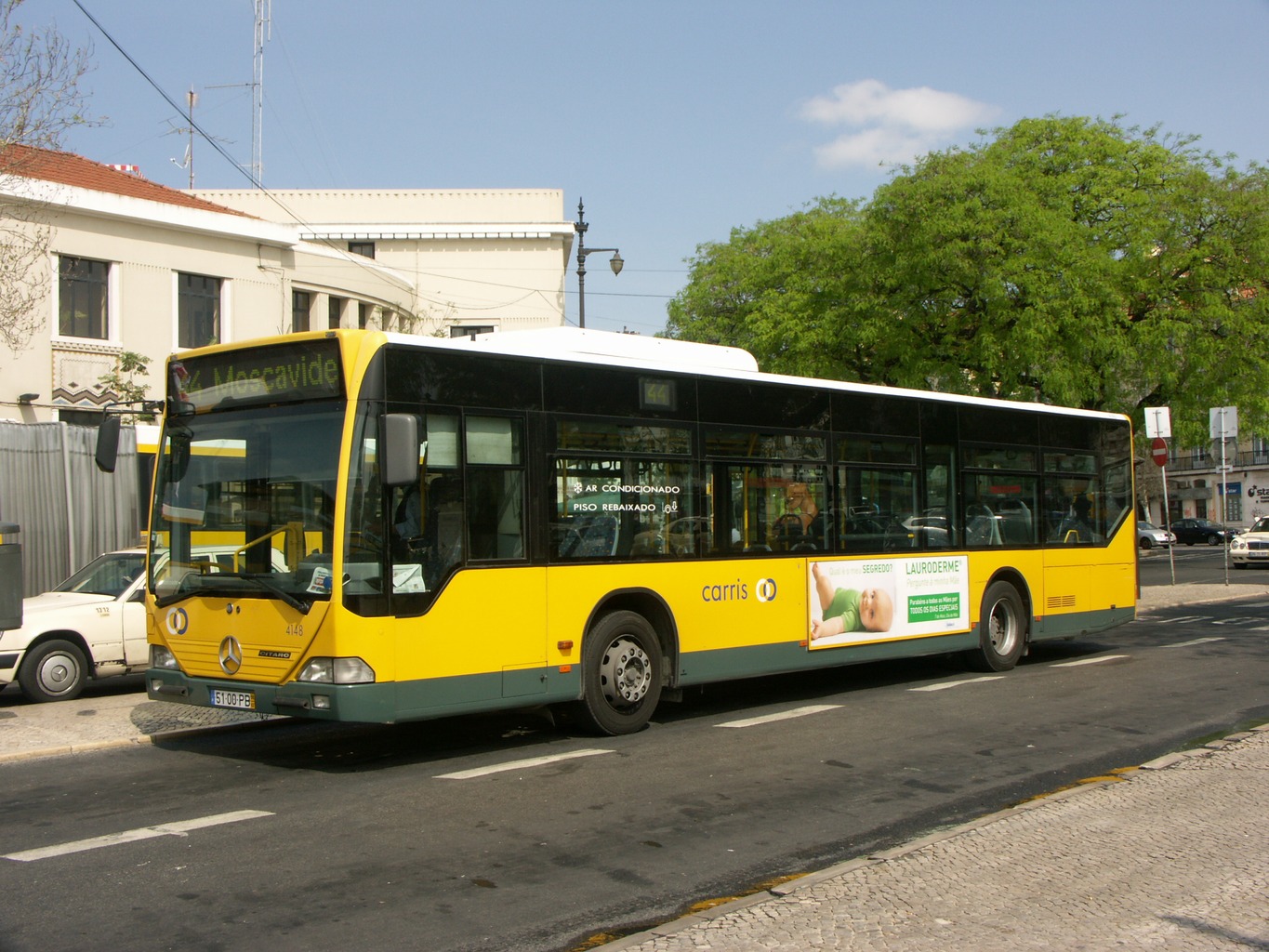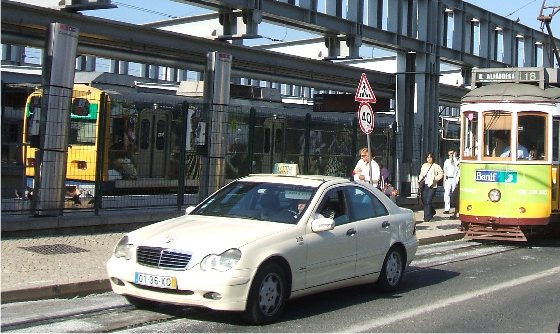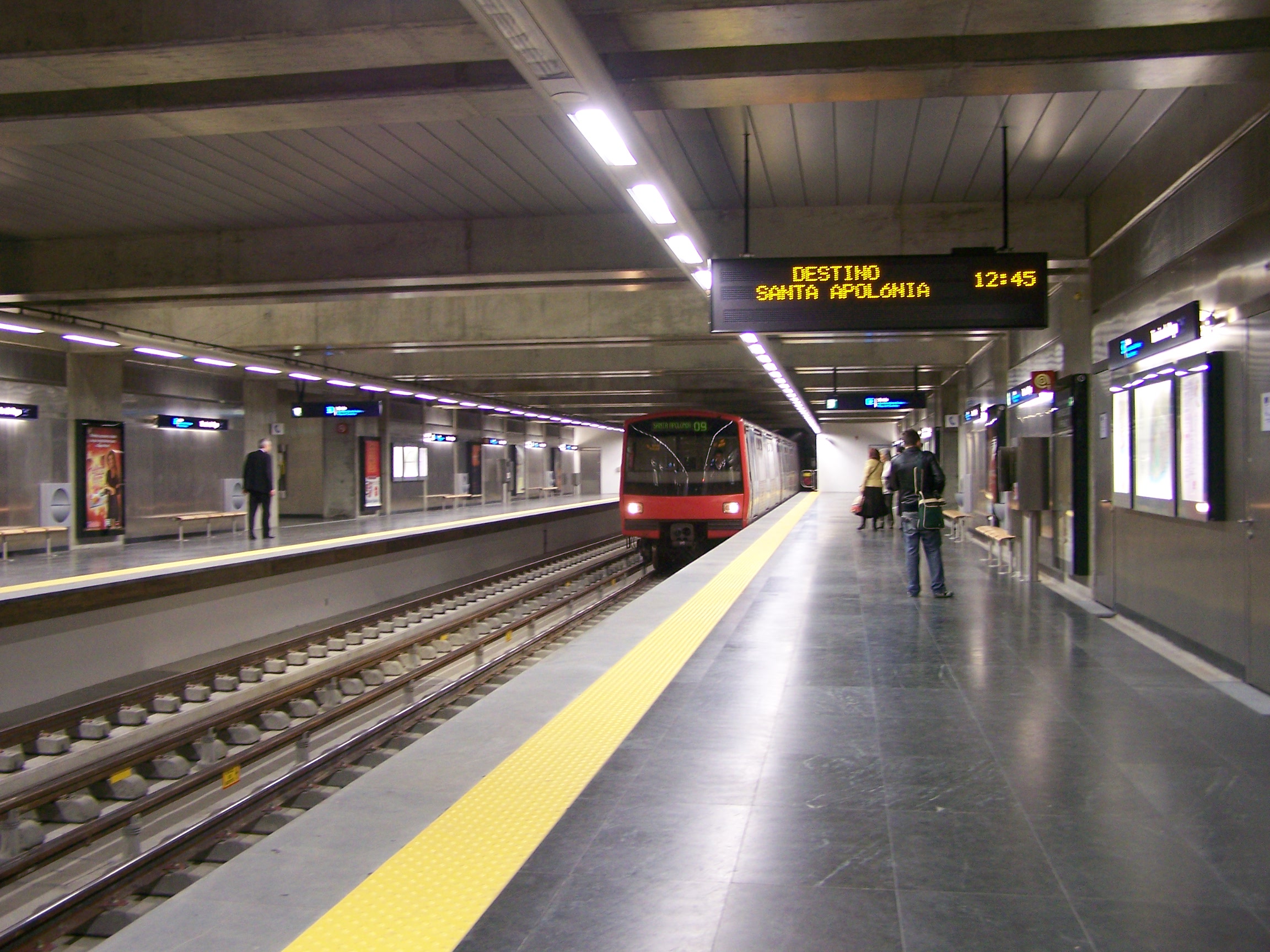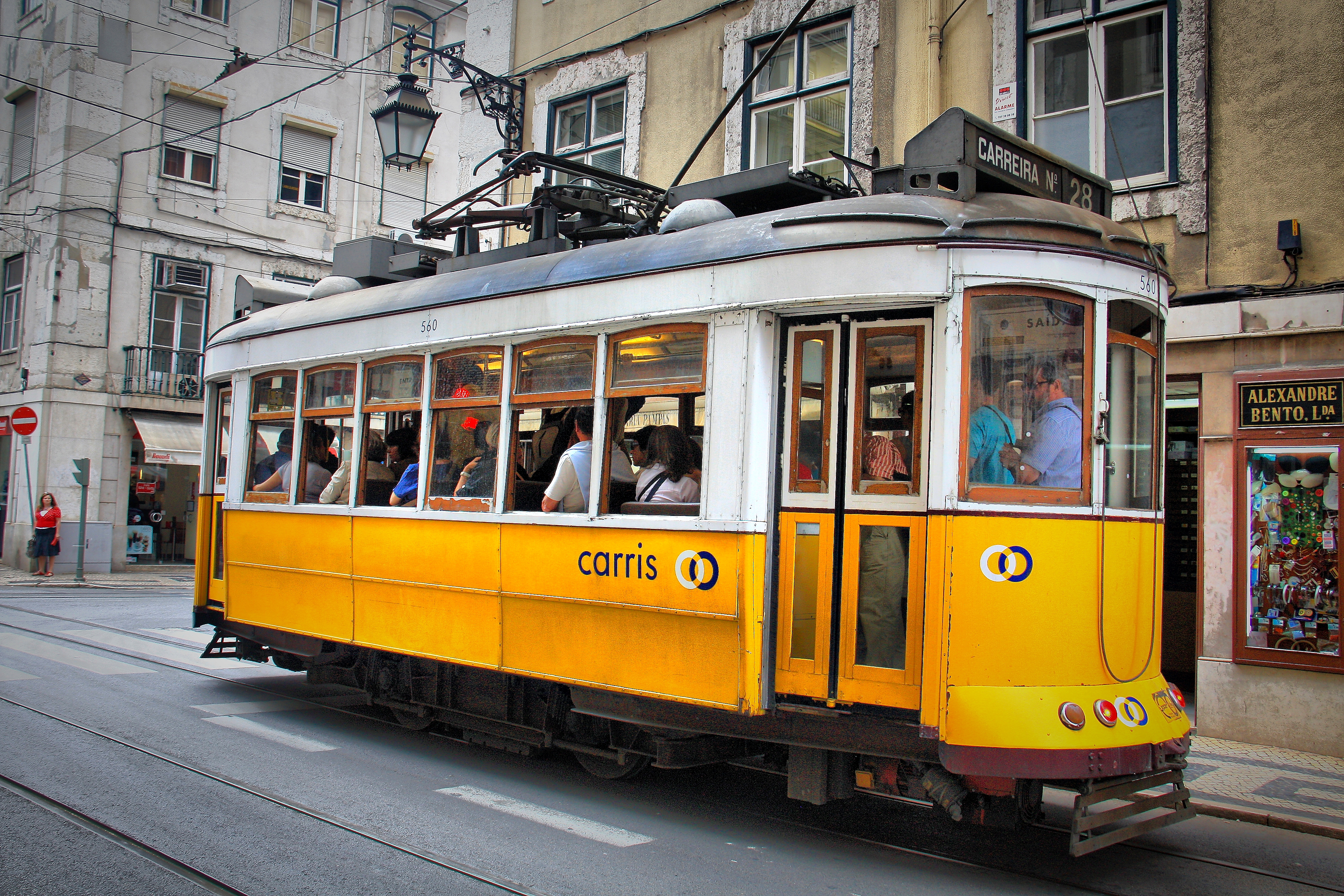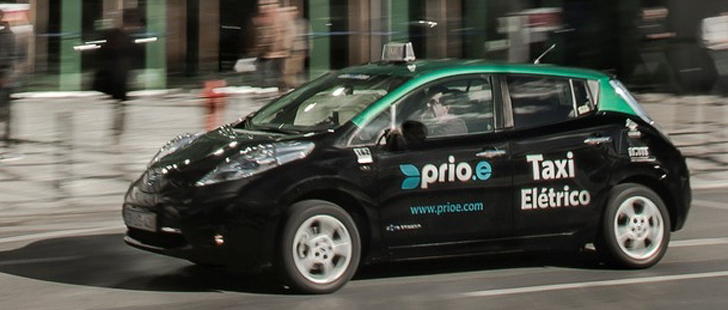
|
|
Conference Location
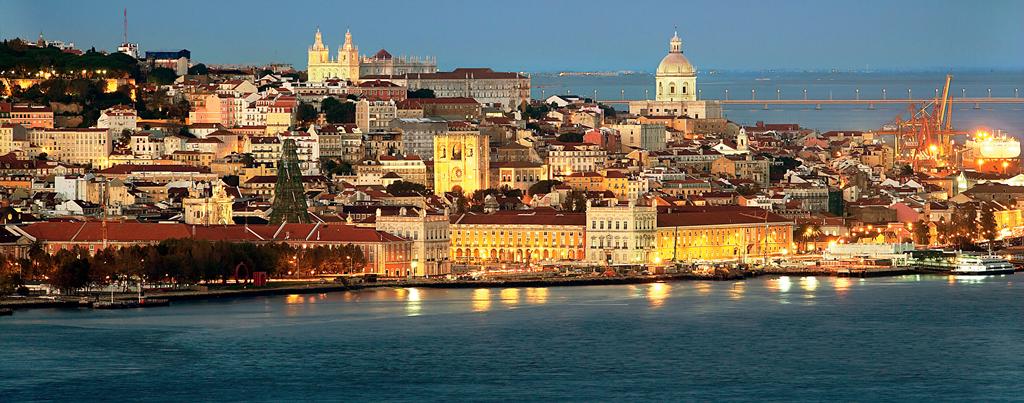
|
|
|
HistoryPre-Roman
|
During the Neolithic period, the region was inhabited by Pre-Celtic tribes, who built religious and funerary monuments, megaliths, dolmens and menhirs, which still survive in areas on the periphery of Lisbon. The Indo-European Celts invaded in the 1st millennium BC, mixing with the Pre-Indo-European population, thus giving rise to Celtic-speaking local tribes such as the Cempsi. |
|
Roman era
Following the defeat of Hannibal during the Punic wars, the Romans determined to deprive Carthage of its most valuable possession: Hispania (the Iberian Peninsula). The defeat of Carthaginian forces by Scipio Africanus in Eastern Hispania allowed the pacification of the west, led by Consul Decimus Junius Brutus Callaicus. Decimus obtained the alliance of Olissipo (which sent men to fight alongside the Roman Legions against the northwestern Celtic tribes) by integrating it into the empire, as the Municipium Cives Romanorum Felicitas Julia. Local authorities were granted self-rule over a territory that extended 50 kilometres (31 mi); exempt from taxes, its citizens were given the privileges of Roman citizenship, and it was then integrated with the Roman province of Lusitania (whose capital was Emerita Augusta). Lusitanian raids and rebellions during Roman occupation necessitated the construction of a wall around the settlement. During Augustus' reign, the Romans also built a great theatre; the Cassian Baths (underneath Rua da Prata); temples to Jupiter, Diana, Cybele, Tethys and Idea Phrygiae (an uncommon cult from Asia Minor), in addition to temples to the Emperor; a large necropolis under Praça da Figueira; a large forum and other buildings such as insulae (multi-storied apartment buildings) in the area between the Castle Hill and the historic city core. Many of these ruins were first unearthed during the mid-18th century (when the recent discovery of Pompeii made Roman archaeology fashionable among Europe's upper classes). |
|
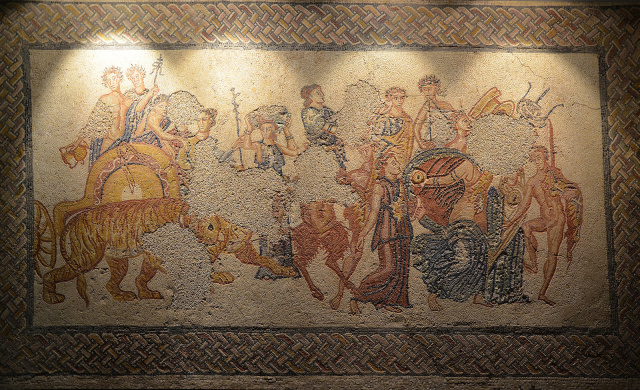 |
The city prospered as piracy was eliminated and technological advances were introduced as Felicitas Julia became a centre of trade with the Roman provinces of Britannia (particularly Cornwall) and the Rhine. Economically strong, Olissipo was known for its garum (a fish sauce highly prized by the elites of the empire and exported in amphorae to Rome), wine, salt and horse-breeding, while Roman culture permeated the hinterland. The city was connected by a broad road to Western Hispania's two other large cities, Bracara Augusta in the province of Tarraconensis (Portuguese Braga), and Emerita Augusta, the capital of Lusitania (Mérida, Spain). The city was ruled by an oligarchical council dominated by two families, the Julii and the Cassiae, although regional authority was administered by the Roman Governor of Emerita or directly by Emperor Tiberius. Among the majority of Latin speakers lived a large minority of Greek traders and slaves. Olissipo, like most great cities in the Western Empire, was a centre for the dissemination of Christianity. Its first attested Bishop was Potamius (c. 356), and there were several martyrs during the period of persecution of the Christians: Maxima, Verissimus and Eulalia of Mérida are the most significant examples. By the time of the Fall of Rome, Olissipo had become a notable Christian centre. |
|
Following the disintegration of the Roman Empire there were barbarian invasions; between 409 and 429 the city was occupied successively by Sarmatians, Alans and Vandals. The Germanic Suebi, who established a kingdom in Gallaecia (modern Galicia and northern Portugal), with its capital in Bracara Augusta, also controlled the region of Lisbon until 585. In 585, the Suebi Kingdom was integrated into the Germanic Visigothic Kingdom of Toledo, which comprised all of the Iberian Peninsula: Lisbon was then called Ulishbona. Middle Ages On 6 August 711, Lisbon was taken by Muslim forces. These conquerors, who were mostly Berbers and Arabs from North Africa and the Middle East, built many mosques and houses, rebuilt the city wall (known as the Cerca Moura) and established administrative control, while permitting the diverse population (Muladi, Mozarabs, Berbers, Arabs, Jews, Zanj and Saqaliba) to maintain their socio-cultural lifestyles. Mozarabic was the native language spoken by most of the Christian population. Islam was the official religion practised by the Arabs, Berbers, Zanj, Saqaliba and Muladi (muwalladun); the Christians were allowed to keep their religion under the status as Dhimmi subjects, and were allowed rights of residence in return for jizyah taxes. In return for paying this surtax, Christians and Jews were excluded from specific duties assigned to Muslims like joining the Islamic army, and their security was guaranteed by the Islamic state, but otherwise, the Christians and Jews were equal to Muslims under the laws of property, contract and obligation.
The Muslim influence is still present in the Alfama, an old quarter of Lisbon that survived the 1755 Lisbon earthquake: many place-names are derived from Arabic and the Alfama (the oldest existing district of Lisbon) was derived from the Arabic "al-hamma". |
|
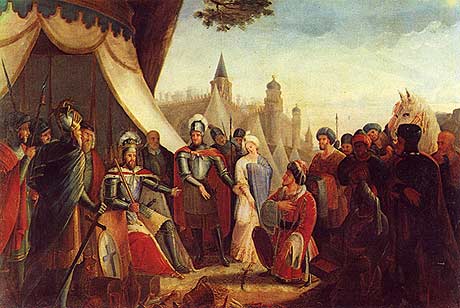 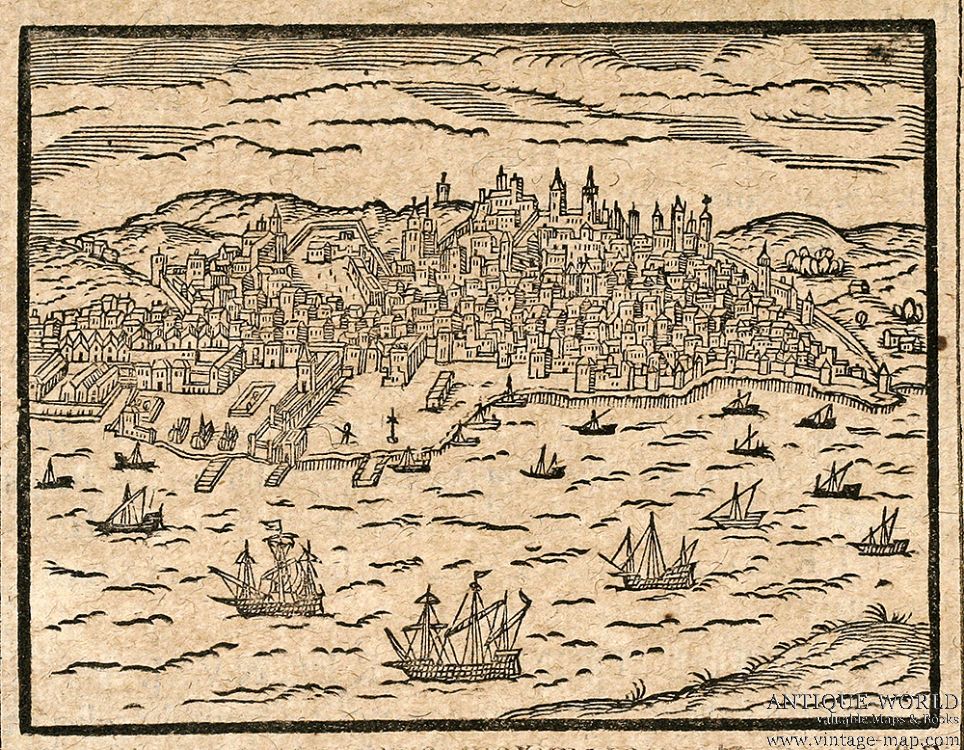 |
In 1147, as part of the Reconquista, crusader knights led by Afonso I of Portugal besieged and reconquered Lisbon. The city, with around 154,000 residents at the time, was returned to Christian rule. The reconquest of Portugal and re-establishment of Christianity is one of the most significant events in Lisbon's history, described in the chronicle Expugnatione Lyxbonensi, which describes, among other incidents, how the local bishop was killed by the crusaders and the city's residents prayed to the Virgin Mary as it happened. Many of the remaining Muslim residents were converted to Roman Catholicism by force, or were expelled, and their mosques were either destroyed or converted into churches.[citation needed] As a result, spoken Arabic gradually lost its place in the everyday life of the city.
With its central location, Lisbon became the capital city of the new Portuguese territory in 1255. The first Portuguese university was founded in Lisbon in 1290 by King Denis I; for many years the Studium Generale (General Study) was transferred intermittently to Coimbra, where it was installed permanently in the 16th century as the University of Coimbra. |
|
Early Modern
Most of the Portuguese expeditions of the Age of Discovery left from Lisbon during the 15th to 17th centuries, including Vasco da Gama's expedition to India in 1497. In 1506, 3,000 Jews were massacred in Lisbon. The 16th century was Lisbon's golden era: the city was the European hub of commerce between Africa, India, the Far East and later, Brazil, and acquired great riches by exploiting the trade in spices, slaves, sugar, textiles and other goods. This period saw the rise of the exuberant Manueline style in architecture, which left its mark in many 16th century monuments. |
|
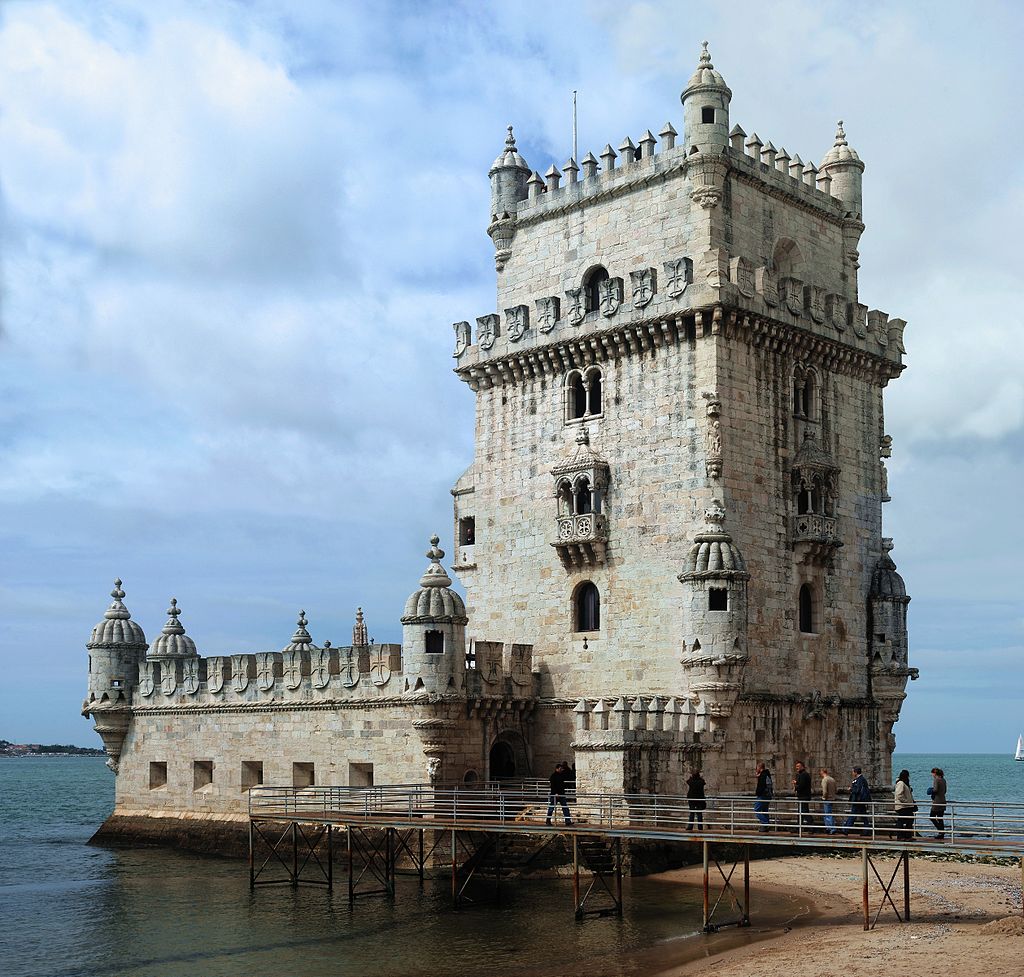 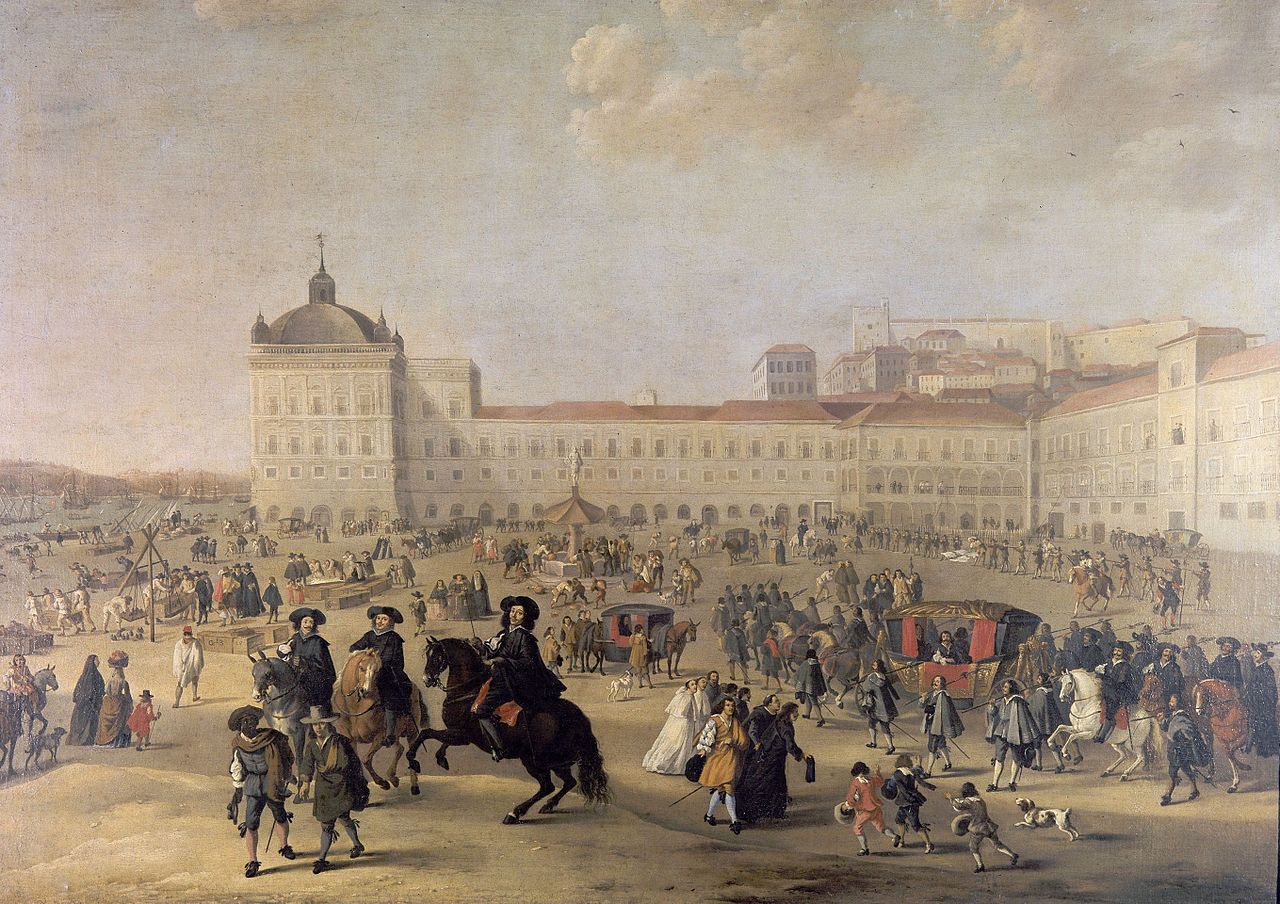
|
Prior to the 18th century, Lisbon had experienced several significant earthquakes – eight in the 14th century, five in the 16th century (including the 1531 earthquake that destroyed 1,500 houses and the 1597 earthquake in which three streets vanished), and three in the 17th century. On 1 November 1755, the city was destroyed by another devastating earthquake, which killed an estimated 30,000 to 40,000 Lisbon residents of a population estimated at between 200,000 and 275,000,and destroyed 85 percent of the city's structures. Among several important buildings of the city, the Ribeira Palace and the Hospital Real de Todos os Santos were lost. In coastal areas, such as Peniche, situated about 80 km (50 mi) north of Lisbon, many people were killed by the following tsunami. By 1755, Lisbon was one of the largest cities in Europe; the catastrophic event shocked the whole of Europe and left a deep impression on its collective psyche. Voltaire wrote a long poem, Poême sur le désastre de Lisbonne, shortly after the quake, and mentioned it in his 1759 novel Candide (indeed, many argue that this critique of optimism was inspired by that earthquake). Oliver Wendell Holmes, Sr. also mentions it in his 1857 poem, The Deacon's Masterpiece, or The Wonderful One-Hoss Shay. |
|
After the 1755 earthquake, the city was rebuilt largely according to the plans of Prime Minister Sebastião José de Carvalho e Melo, the 1st Marquess of Pombal; the lower town began to be known as the Baixa Pombalina (Pombaline central district). Instead of rebuilding the medieval town, Pombal decided to demolish what remained after the earthquake and rebuild the city centre in accordance with principles of modern urban design. It was reconstructed in an open rectangular plan with two great squares: the Praça do Rossio and the Praça do Comércio. The first, the central commercial district, is the traditional gathering place of the city and the location of the older cafés, theatres and restaurants; the second became the city's main access to the River Tagus and point of departure and arrival for seagoing vessels, adorned by a triumphal arch (1873) and monument to King Joseph I. |
|
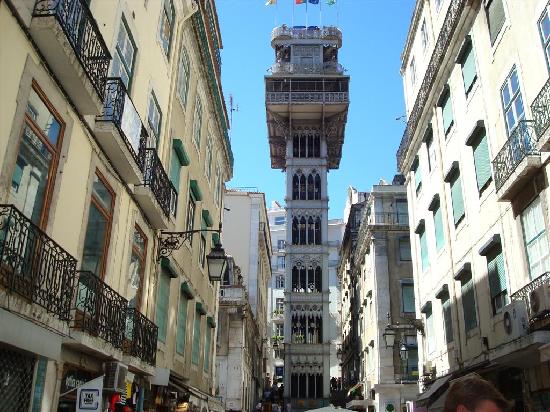 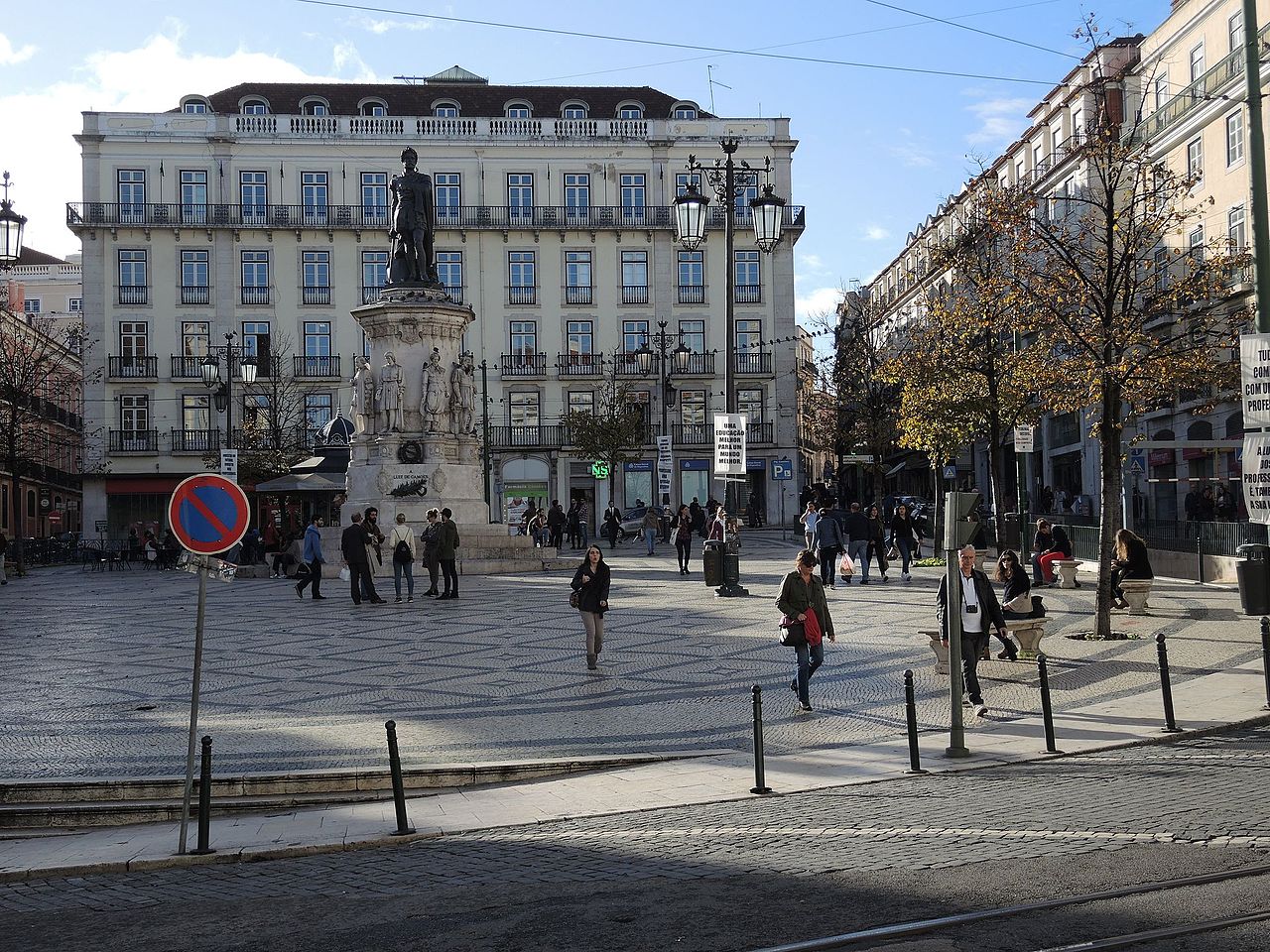 |
Late modern and contemporary
In the first years of the 19th century, Portugal was invaded by the troops of Napoléon Bonaparte, forcing Queen Maria I and Prince-Regent John (future John VI) to flee temporarily to Brazil. By the time the new King returned to Lisbon, many of the buildings and properties were pillaged, sacked or destroyed by the invaders. The city refounded its university in 1911 after centuries of inactivity in Lisbon, incorporating reformed former colleges and other non-university higher education schools of the city (such as the Escola Politécnica – now Faculdade de Ciências). Today there are two public universities in the city (University of Lisbon and New University of Lisbon), a public university institute (ISCTE - Lisbon University Institute) and a polytechnic institute (IPL – Instituto Politécnico de Lisboa).
During World War II, Lisbon was one of the very few neutral, open European Atlantic ports, a major gateway for refugees to the U.S. and a haven for spies. More than 100,000 refugees were able to flee Nazi Germany via Lisbon. |
|
Lisbon was the site of three revolutions in the 20th century. The first, the 5 October 1910 revolution, brought an end to the Portuguese monarchy and established the highly unstable and corrupt Portuguese First Republic. The 6 June 1926 revolution would see the end of that first republic and firmly establish the Estado Novo, or the Portuguese Second Republic, as the ruling regime. The final revolution, the Carnation Revolution, would take place on 25 April 1974 and would end the right-wing Estado Novo and reform the country as the current Portuguese Third Republic. |
|
Parts of this text and pictures were copied from 
Conference Venue
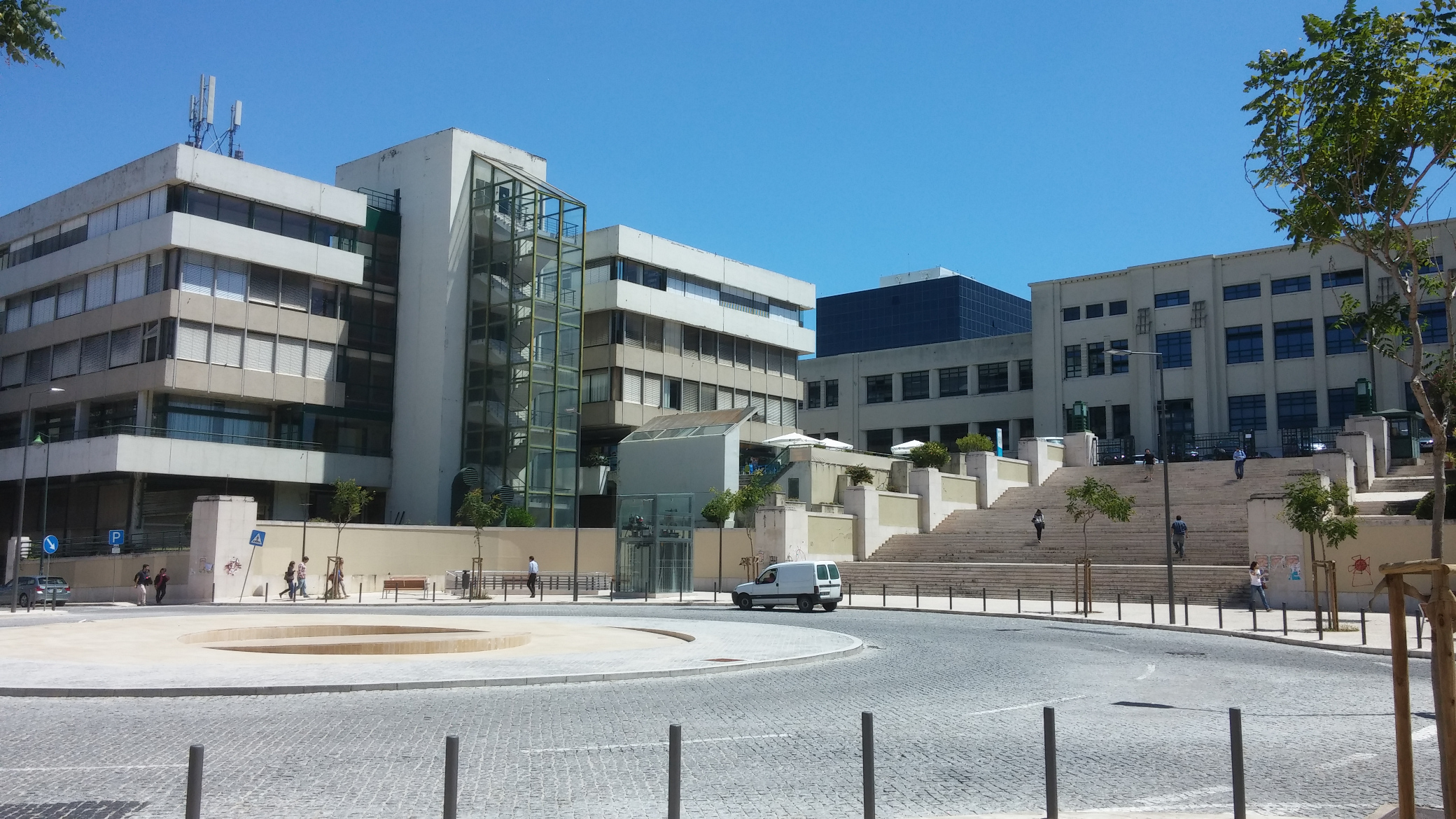 |
Centro de Congressos do IST |
|
IST is located in Lisbon city centre, 1.5Km south from Lisbon Airport and 5 minutes from the downtown Lisbon, by subway. It is served by several bus and subway lines which provide an easy access to every point in the city. IST occupies the Civil Engineering building (Alameda Campus), floor 01 an 02 (south tower). |
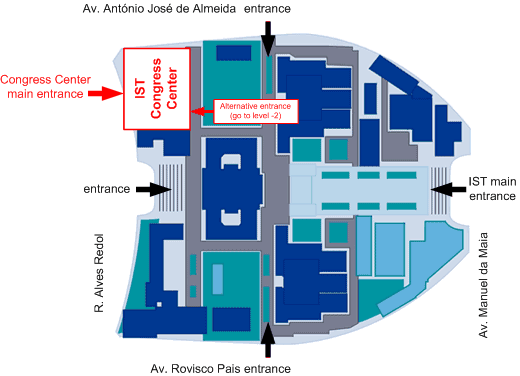
|
Getting to Lisbon and IST 
By Plane
|
Lisbon's Portela Airport - (other website) is located within the city limits. It is the headquarters and hub for TAP Portugal as well as a hub for Easyjet, SATA International, Luzair, EuroAtlantic Airways, Portugália, White Airways, and High Fly airlines
Bus from Airport
Taxi from Airport |
By Train |
There are four commuter train lines arriving in Lisbon: the Cascais, Sintra and Azambuja lines (operated by CP – Comboios de Portugal), as well as a fourth line to Setúbal (operated by Fertagus) crossing the Tagus river, over the 25 de Abril Bridge. The major railway stations are Santa Apolónia, Rossio, Gare do Oriente, Entrecampos, and Cais do Sodre Railway Station. |
By Metro |
Another great way of getting around Lisbon is by Metro. (see the zoomable metro map)The closest stop to IST is Alameda metro station. |
By Tram |
The current lines are: |
By Bus |
The closest bus stops to IST are Av. de Antonio Jose de Almeida (bus 713, 716, 720, 742, 767) and Arco Cego (713, 716, 726 and 742) |
By Taxi |
IST is easily reachable by taxi |
By Car |
Lisbon is connected to its suburbs as well as throughout Portugal by an extensive motorway network. There are three circular motorways around the city; the 2ª Circular, the CRIL, and the CREL. |
On Foot
|
All chosen hotels are within easy walking distance of IST. (see hotel page) |
IST Map


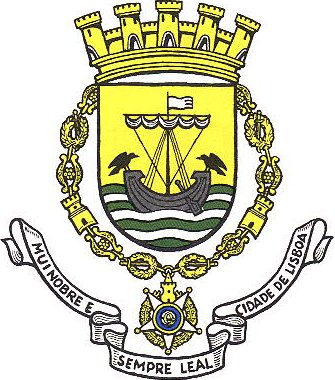 Lisbon is the capital and the largest city of Portugal. It is the westernmost large city located in continental Europe, as well as its westernmost capital city and the only one along the Atlantic coast. Lisbon lies in the western Iberian Peninsula on the Atlantic Ocean and the River Tagus, and has a population of 552,700. The urban area extends beyond the administrative city limits with an estimated population of 2.7 million, making it the 11th most populous urban area in the European Union. About 3,035,000 people live in the Lisbon Metropolitan Area (which represents approximately 27% of the population of the country).
Lisbon is the capital and the largest city of Portugal. It is the westernmost large city located in continental Europe, as well as its westernmost capital city and the only one along the Atlantic coast. Lisbon lies in the western Iberian Peninsula on the Atlantic Ocean and the River Tagus, and has a population of 552,700. The urban area extends beyond the administrative city limits with an estimated population of 2.7 million, making it the 11th most populous urban area in the European Union. About 3,035,000 people live in the Lisbon Metropolitan Area (which represents approximately 27% of the population of the country).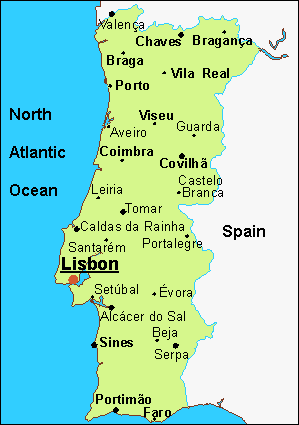
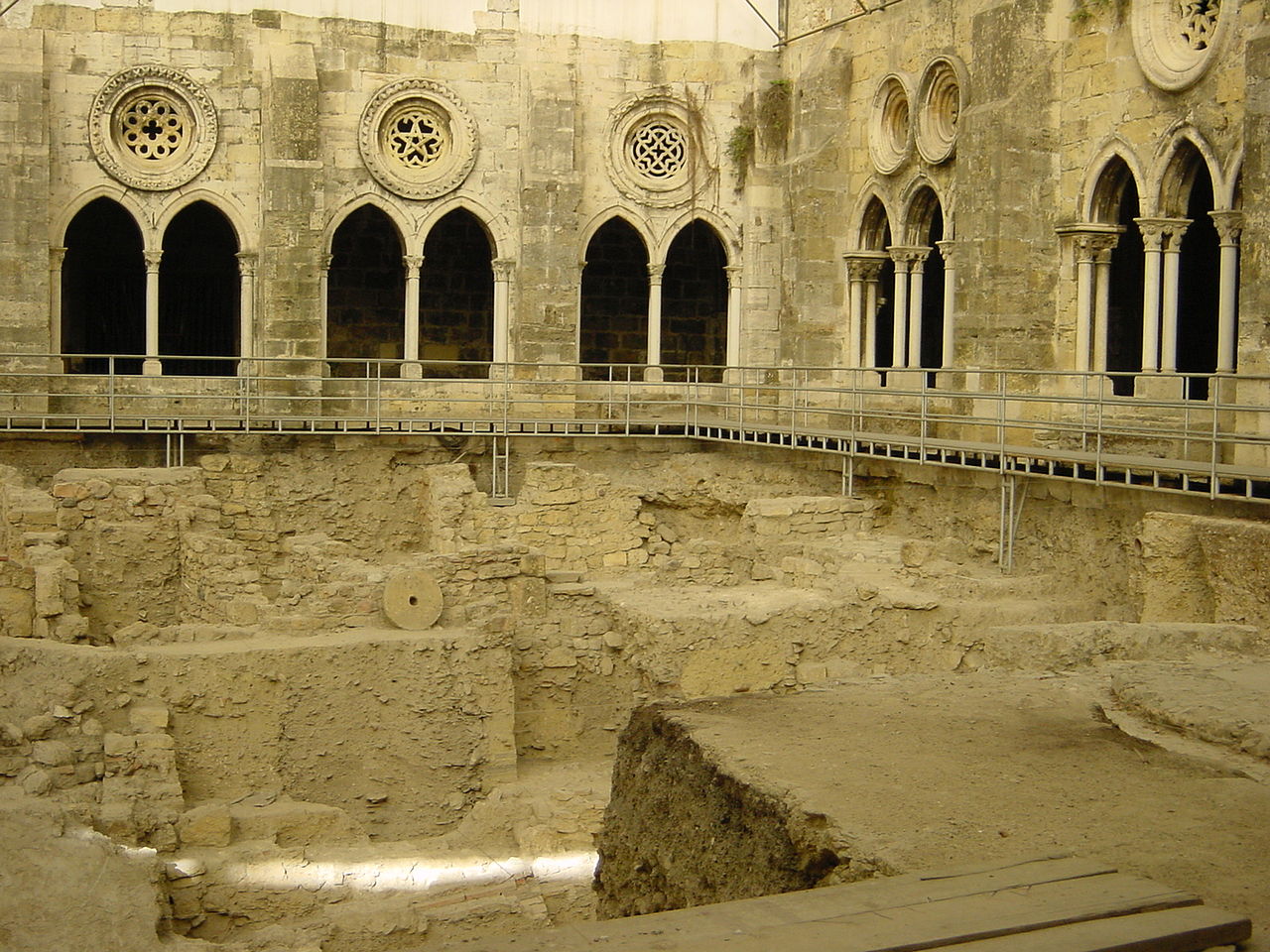
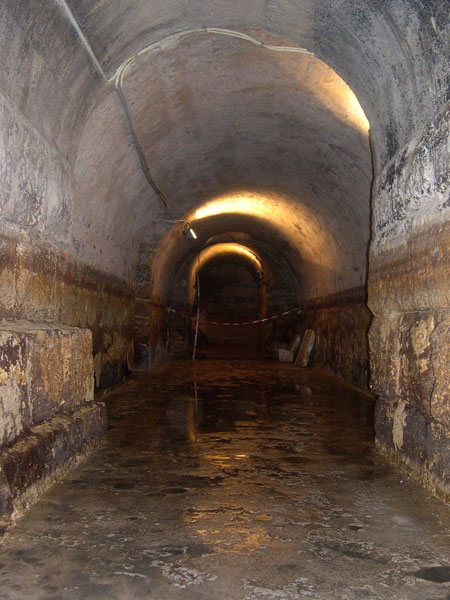
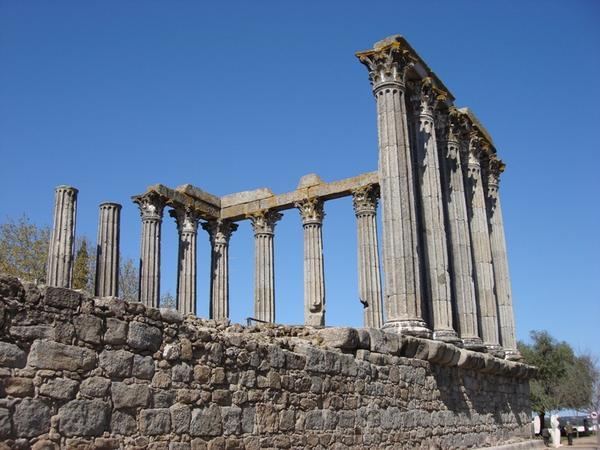
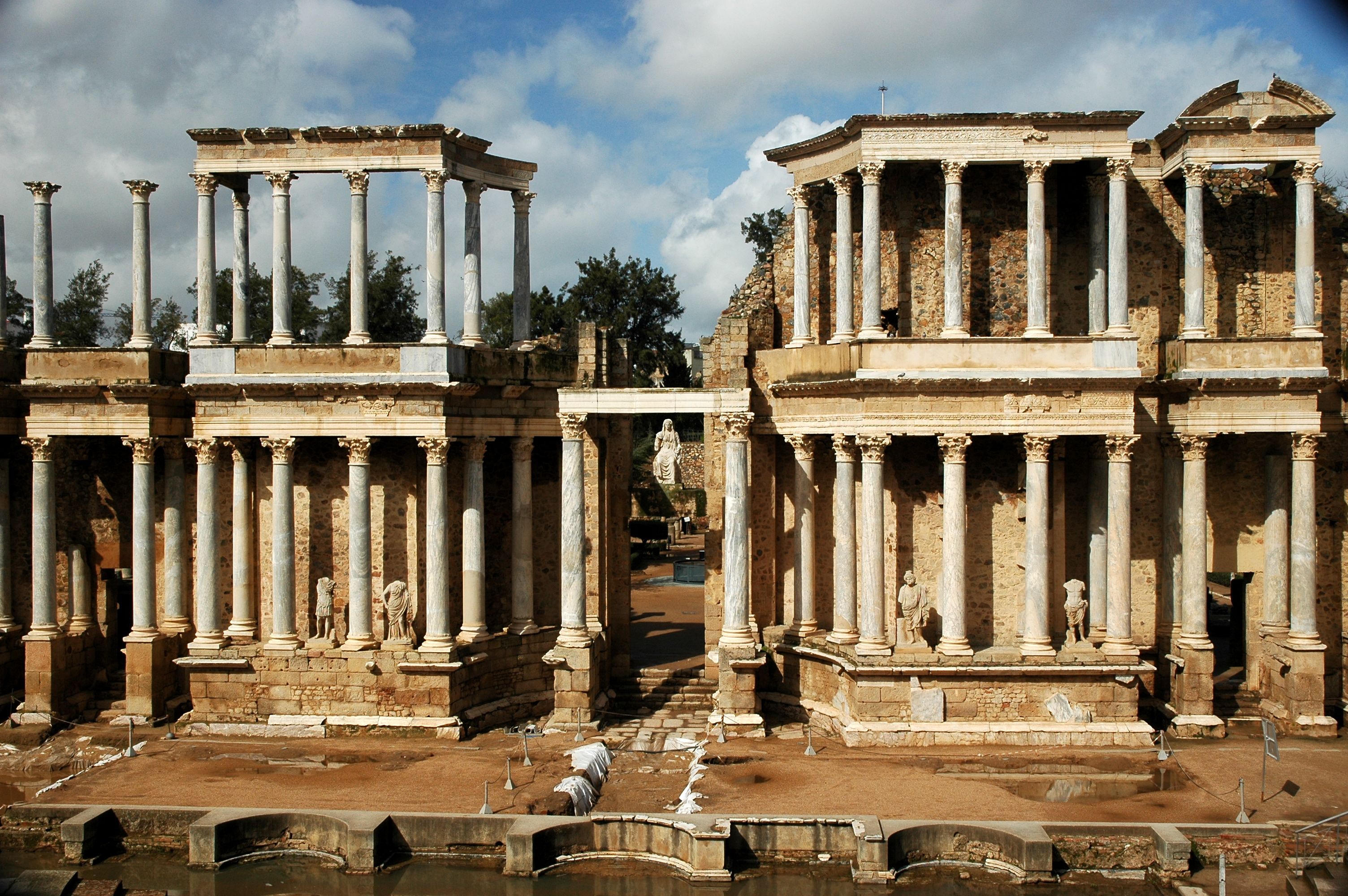
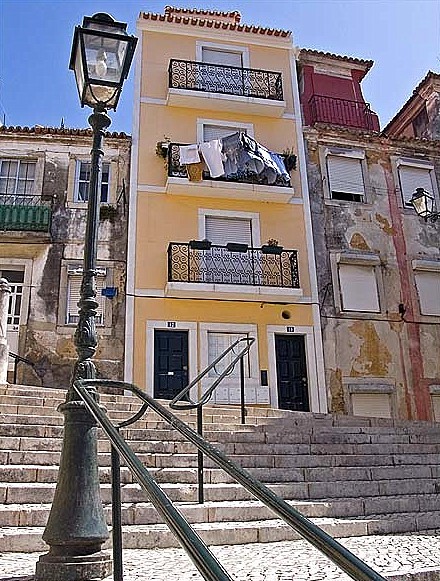
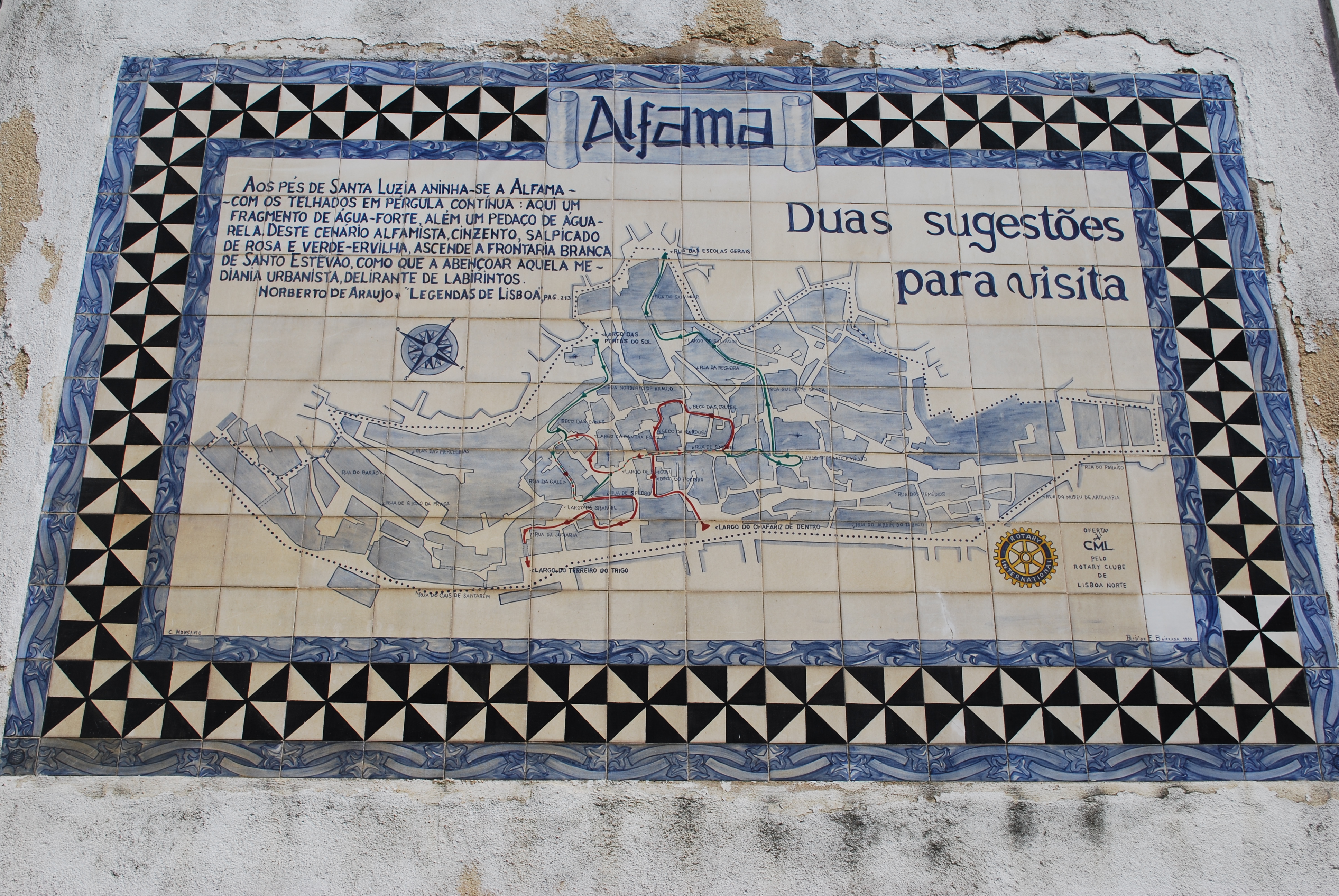
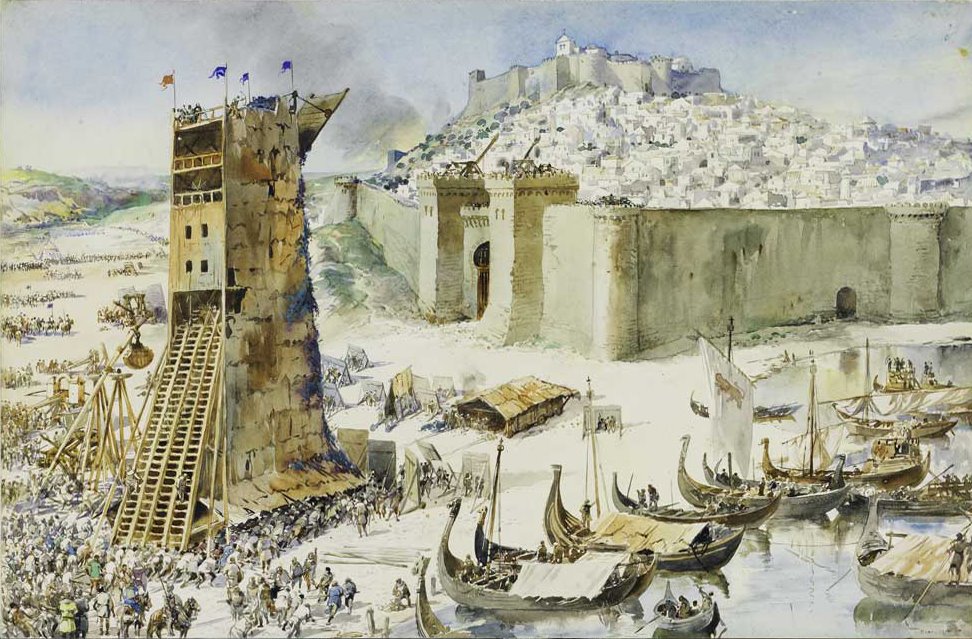
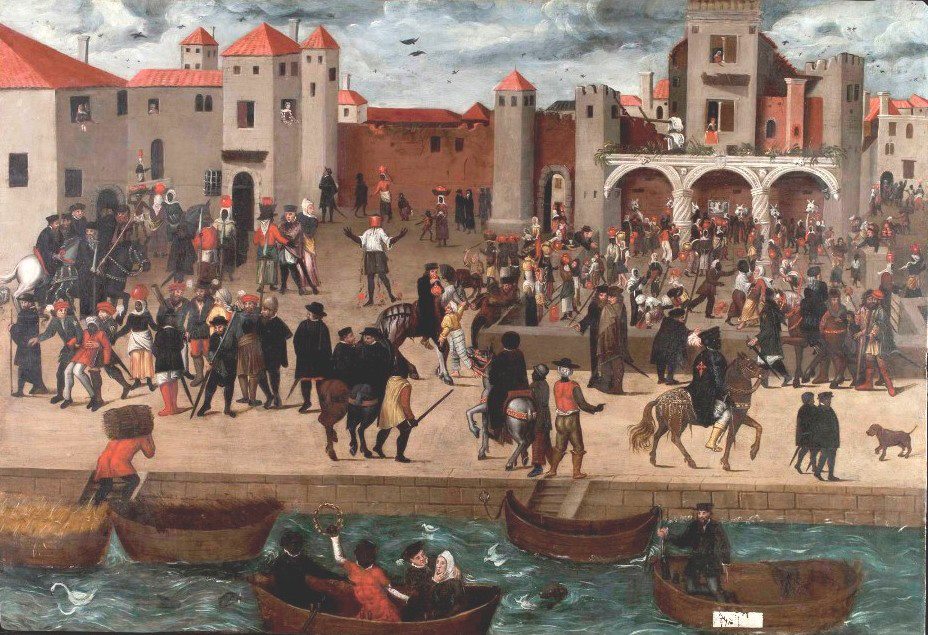
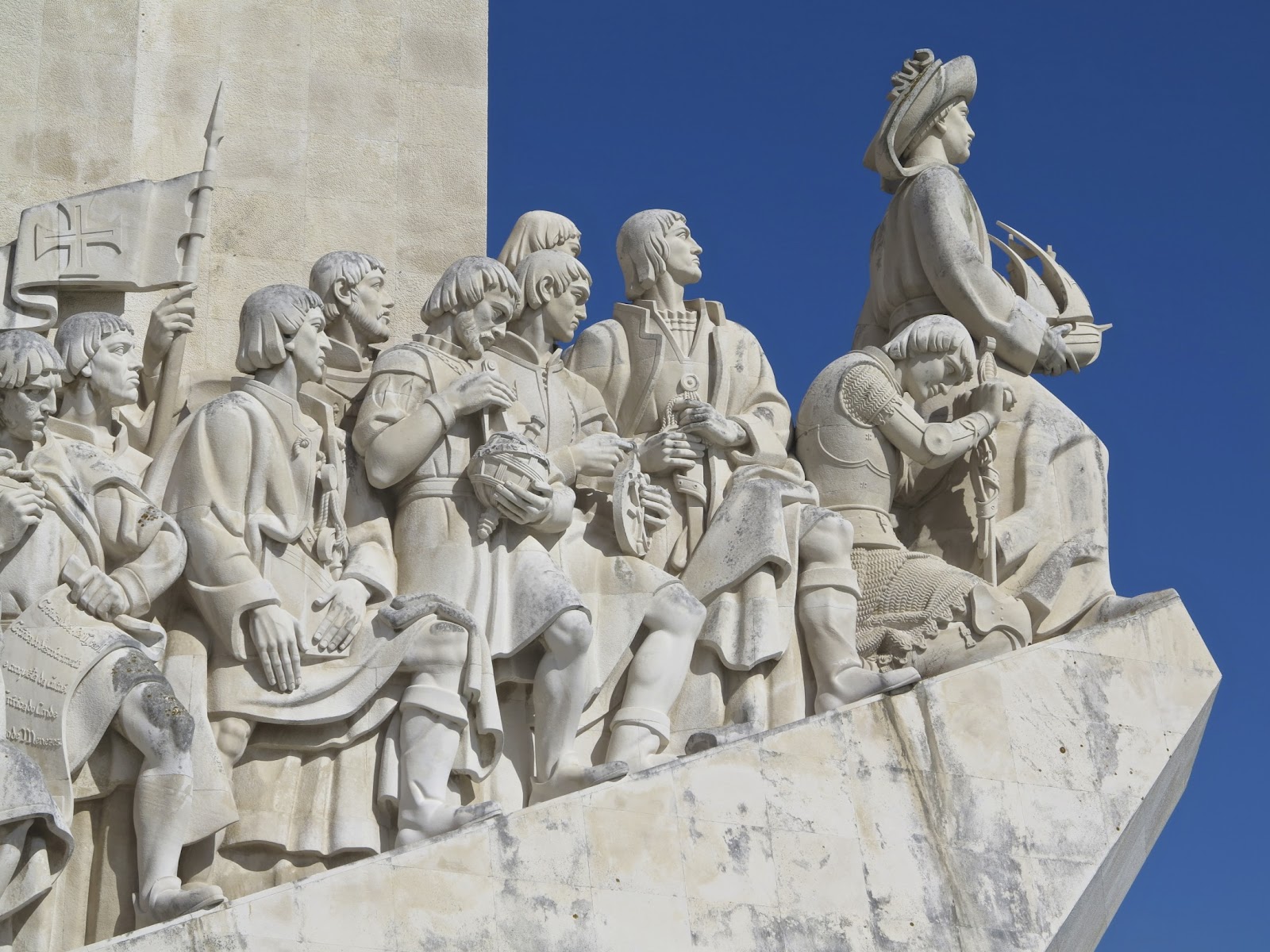



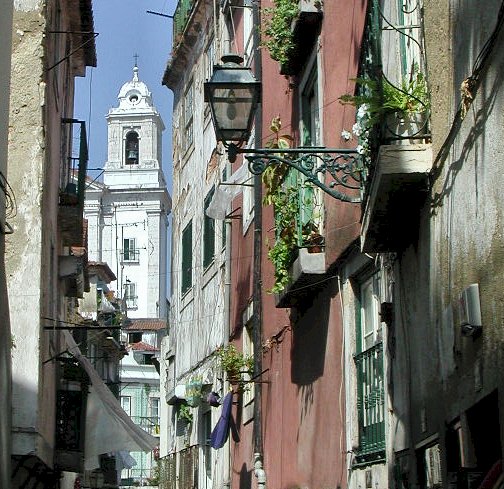
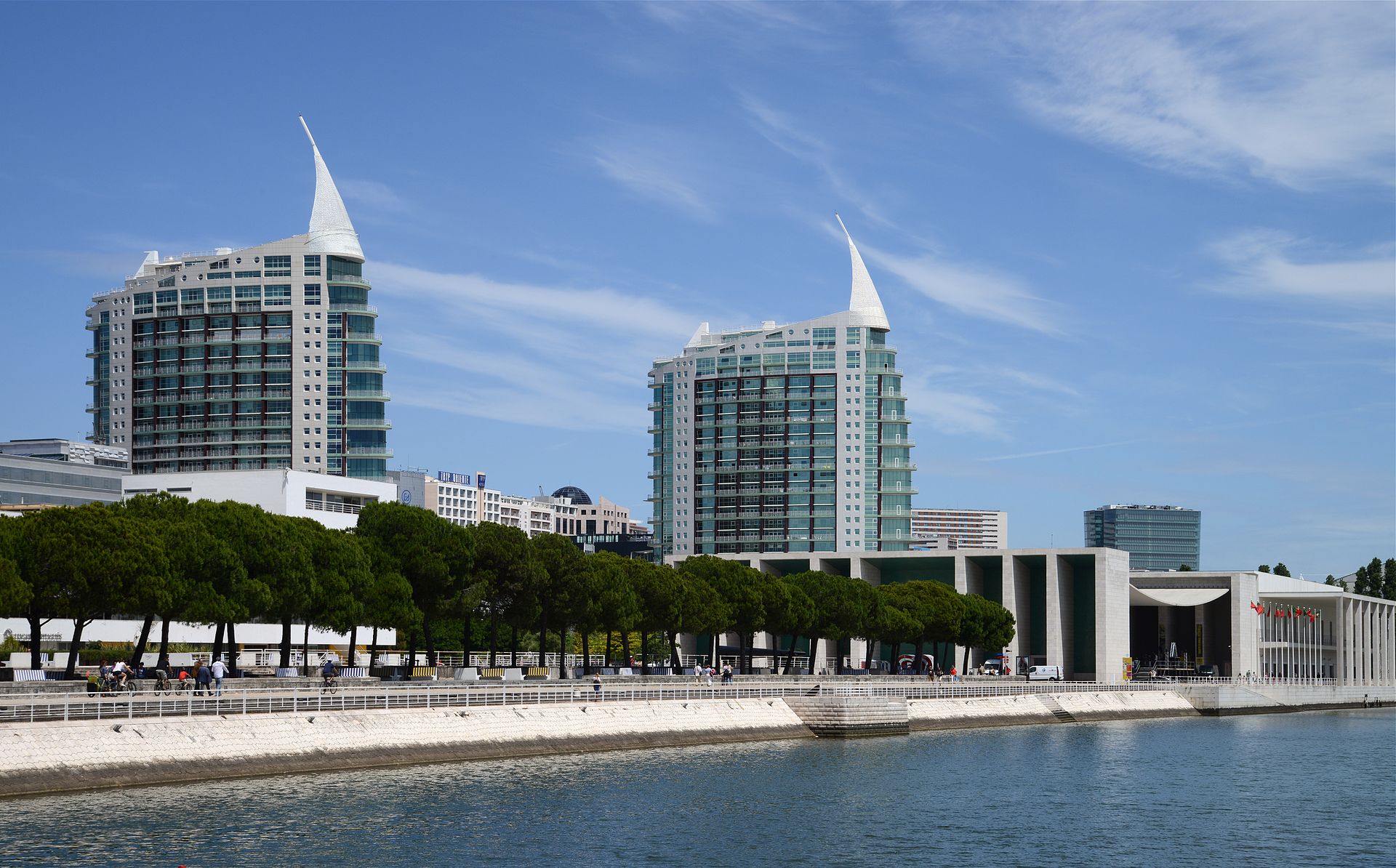
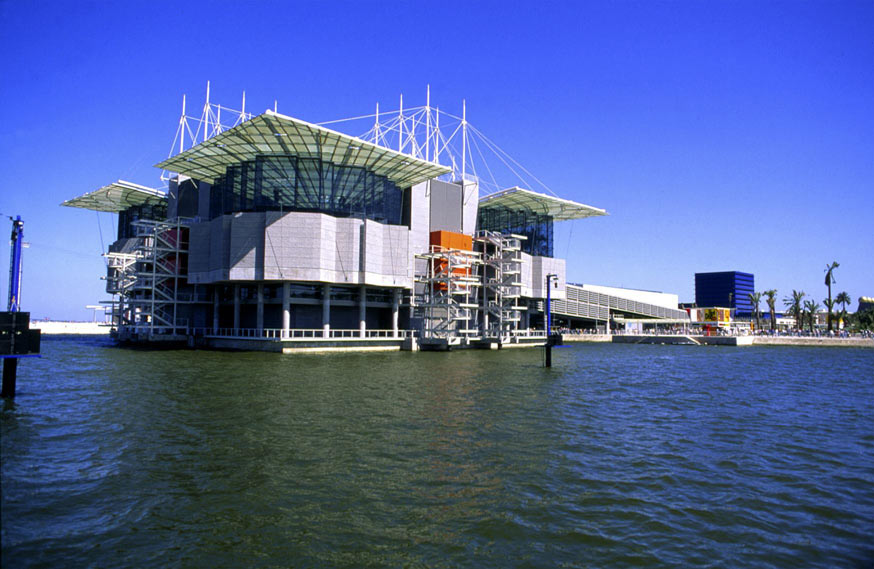
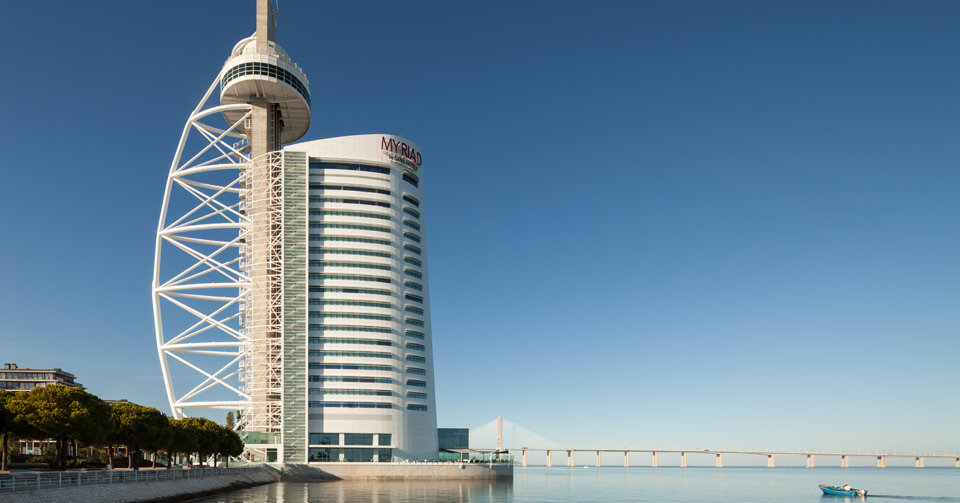
 Tel:
Tel:  Fax: +351 218 418 070
Fax: +351 218 418 070 Email:
Email: 
